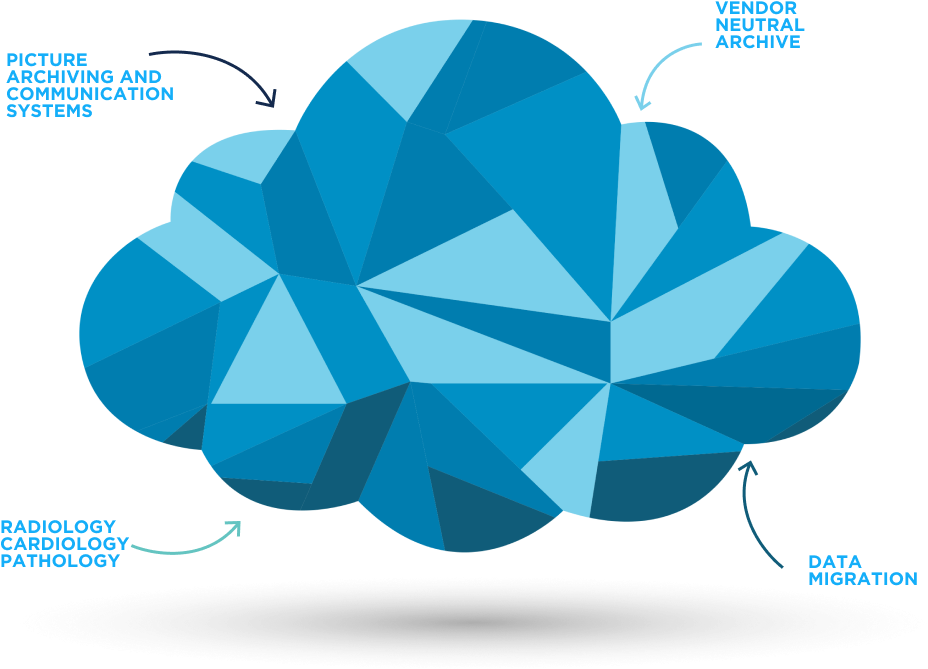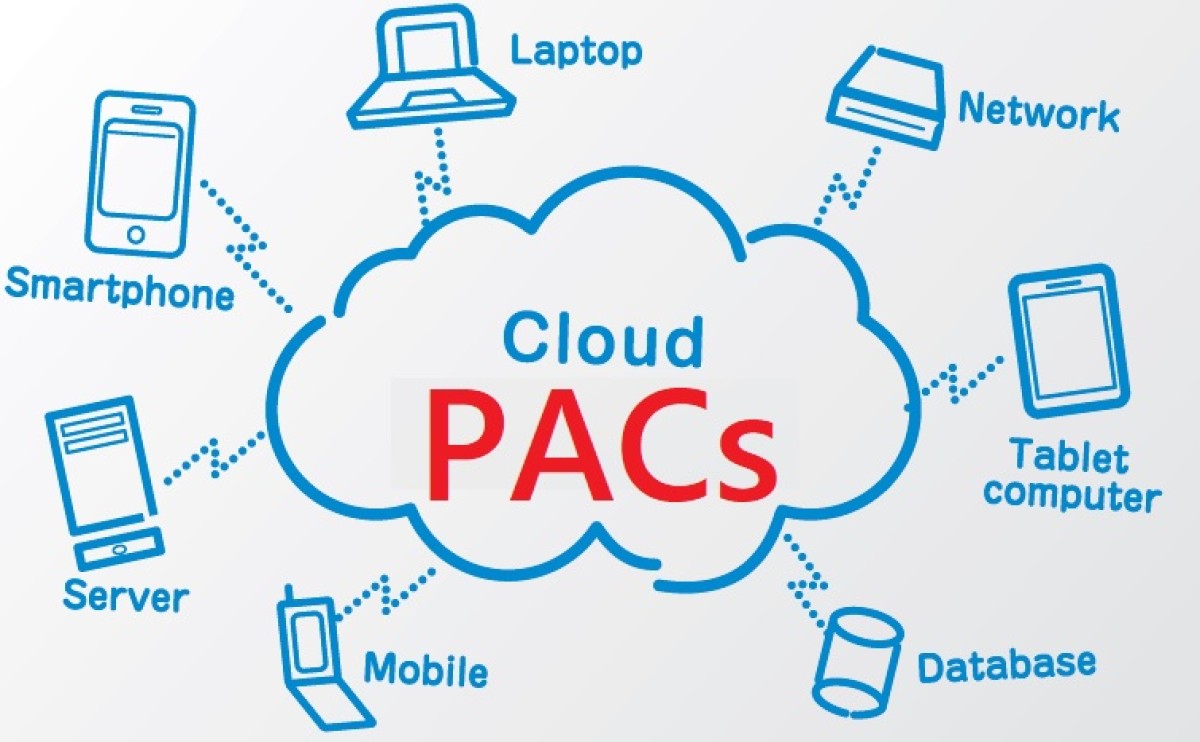In recent years, there has been a significant shift in the way medical imaging is stored, accessed, and shared. Cloud-based Picture Archiving and Communication Systems (PACS) have revolutionized the field of radiology by offering a secure, efficient, and cost-effective solution for managing medical images. In this post, we will explore the concept of cloud PACS, its benefits, challenges, and the impact it has on healthcare delivery.
What is Cloud PACS?
Cloud PACS refers to the use of cloud computing technology to store, access, and share medical images such as X-rays, CT scans, MRIs, and ultrasounds. This technology eliminates the need for physical storage devices and allows medical professionals to securely access images from any location with an internet connection.
How does Cloud PACS work?
Cloud PACS utilizes a web-based platform to store and manage medical images. When a medical image is generated, it is uploaded to the cloud server, where it is stored securely and can be accessed by authorized users through a web browser or dedicated software. This eliminates the need for physical film or CDs and enables seamless image sharing between healthcare facilities.
What are the benefits of Cloud PACS?
Cloud PACS offers numerous benefits to healthcare providers, including improved accessibility, scalability, and cost-efficiency. By utilizing cloud computing technology, medical imaging can be securely stored and accessed from any location with an internet connection. This means that healthcare professionals can quickly retrieve patient images and make timely diagnoses, leading to improved patient care and outcomes. Additionally, cloud PACS eliminates the need for physical storage devices, reducing overhead costs associated with maintaining and updating traditional storage systems. Furthermore, the scalability of cloud-based solutions allows healthcare facilities to easily expand their image storage capacity as their needs grow without the need for expensive hardware upgrades.
Cloud PACS offers numerous benefits, including improved accessibility, scalability, and cost-effectiveness. It allows healthcare providers to access patient images from any location, facilitating remote consultations and telemedicine. Additionally, cloud PACS eliminates the need for costly hardware and maintenance, making it an attractive option for healthcare organizations of all sizes.
What are the challenges of implementing Cloud PACS?
Implementing Cloud PACS presents several challenges that healthcare organizations need to consider. One of the primary challenges is ensuring the security and privacy of patient data stored in the cloud. Healthcare providers must adhere to strict regulations, such as HIPAA, to safeguard patient information, and this becomes more complex when utilizing cloud-based storage. Additionally, integrating cloud PACS with existing IT infrastructure and workflows can be a daunting task, requiring careful planning and coordination to ensure a smooth transition. Furthermore, reliable internet connectivity is crucial for seamless access to medical images, posing a challenge in areas with limited or unstable network coverage. Despite these challenges, the potential benefits of Cloud PACS make it a compelling solution for modernizing medical imaging practices.
While cloud PACS offers many advantages, there are also challenges to consider, such as data security and privacy concerns. Healthcare organizations must ensure that patient data is protected and comply with regulatory requirements such as HIPAA. Additionally, reliable internet connectivity is essential for seamless access to cloud-based medical images.

How does Cloud PACS impact healthcare delivery?
Cloud PACS, with its innovative approach to medical image storage and accessibility, has a profound impact on healthcare delivery. By leveraging cloud computing technology, healthcare providers can now access and share patient images from any location with an internet connection, facilitating remote consultations and telemedicine. This advancement in medical imaging practices enables healthcare professionals to make timely diagnoses and deliver improved patient care and outcomes. Furthermore, the scalability and cost-effectiveness of cloud PACS offer healthcare organizations the flexibility to expand their image storage capacity without the need for expensive hardware upgrades, thus streamlining healthcare delivery processes.
Cloud PACS has transformed the way medical imaging is managed and has had a significant impact on healthcare delivery. Enabling rapid image access and sharing has improved diagnostic accuracy, treatment planning, and patient outcomes. Furthermore, cloud PACS has facilitated collaboration between healthcare professionals and has paved the way for advancements in telemedicine and remote patient care.
Conclusion
Cloud PACS represents the future of medical imaging, offering a secure, efficient, and scalable solution for managing and sharing medical images. While there are challenges to overcome, the benefits of cloud PACS are undeniable, and its impact on healthcare delivery is profound. As technology continues to evolve, cloud PACS will play a crucial role in shaping the future of radiology and improving patient care.










